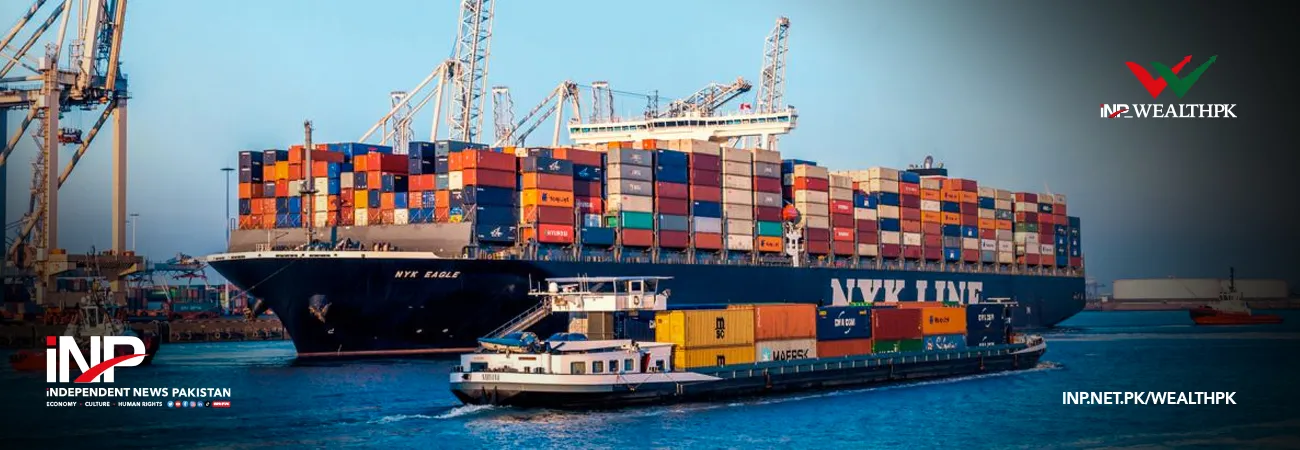INP-WealthPk
Amir Khan
In a ground-breaking shift, developing countries are reshaping their economic landscapes by embracing a revolutionary strategy that combines import-substitution (IS) and export-promotion (EP) tactics, reports WealthPK. "The Import Substitution (IS) strategy aimed to nurture the domestic industries by restricting imports, shielding fledgling industries, and promoting self-sufficiency. Despite its initial promise, the IS approach faces implementation challenges, including inefficiency and production fragmentation," said Javed Iqbal, a Fulbright international economic expert, while talking to WealthPK. "Recognizing this paradigm shift, the Government of Pakistan has initiated the Special Investment Facilitation Council (SIFC), designed to bridge the gap between IS and EP strategies and streamline foreign direct investment (FDI). The SIFC, functioning as a 'one-window' platform, aims to expedite decision-making and create a conducive environment for FDI," he pointed out. "Looking ahead, the traditional belief that import substitution is the exclusive path to development has been disproven.
Countries like Pakistan are now focusing on promoting the production of internationally competitive intermediate inputs by IS industries for use in EP industries' final goods. "Traditionally, these strategies were seen as opposing forces, but dynamic models have now paved the way for their harmonious integration to foster remarkable industrial growth and poverty reduction outcomes," he continued. Trade liberalization fuelled a remarkable trade growth, a shift toward manufactured goods, economies of scale, and innovative products. EP, supported by labour-intensive practices and government subsidies, enhanced the domestic industries' competitiveness. As the world grappled with economic recessions and global challenges, dependence on exports faced scrutiny, prompting the need for a balanced approach. Recent studies have highlighted the value of interdependence between IS and EP activities. The complementary relationship is defined by IS firms supplying internationally competitive intermediate inputs to EP firms.
This synergy not only boosts competitiveness but also encourages innovation and efficiency, resulting in sustainable growth and job creation. He highlighted that "this approach will involve active participation in trade diplomacy, specialization in products with a competitive advantage, and the implementation of justified import restrictions." Furthermore, he explained that "the open foreign investment regime will encourage foreign firms to produce intermediate inputs required by domestic export-oriented industries, fostering a robust and sustainable economic development approach." In conclusion, the synergy between import substitution and export promotion, once seen as conflicting strategies, is now heralding a new era of economic development and growth for developing countries. As the global economic landscape continues to evolve, the complementary approach promises to be a game-changer, creating a brighter future for industrial development and economic prosperity.
Credit: INP-WealthPk













